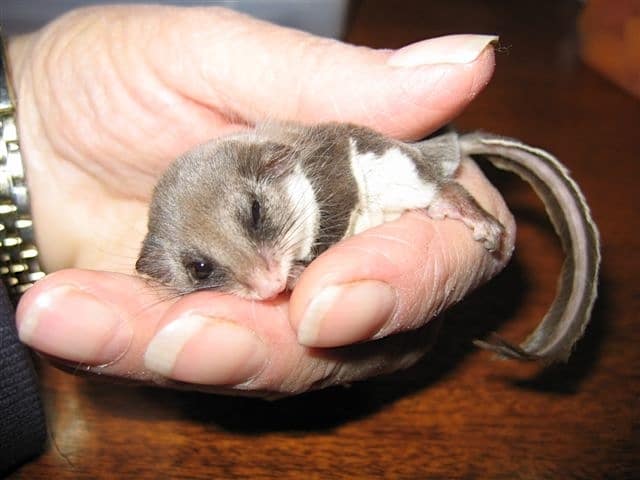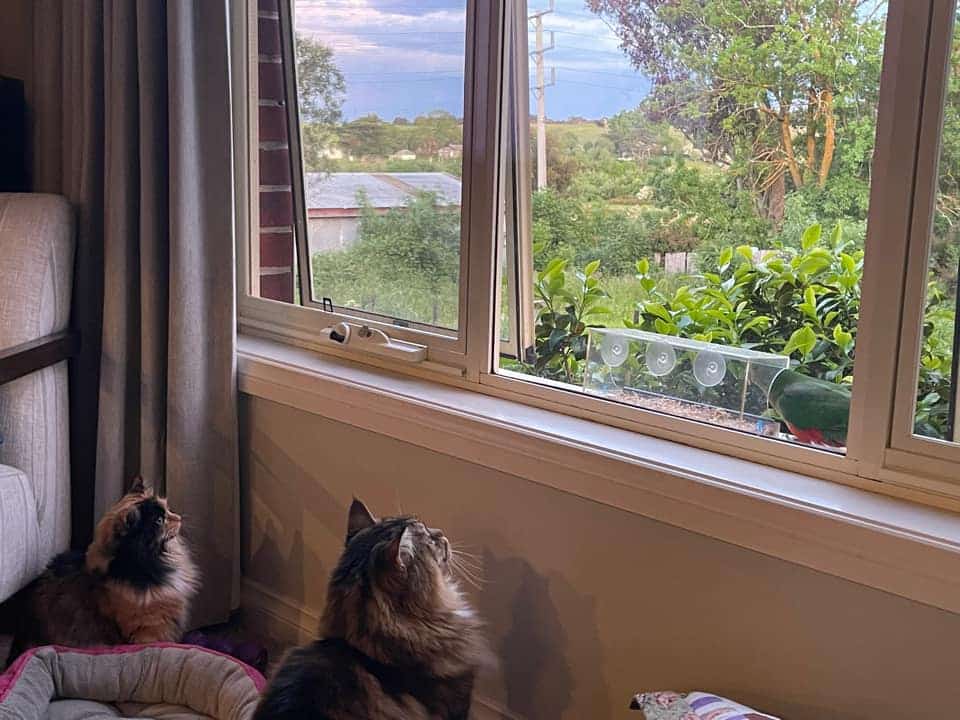New data reveals the number of native animals killed by pet cats across Australia has escalated 34 per cent since the pandemic pet boom.
The analysis by the Biodiversity Council, Invasive Species Council (ISC) and Birdlife Australia highlights an urgent need to curb irresponsible pet ownership behaviour to stymie wildlife losses.
According to the ISC, cats are natural hunters that will act on instinct when allowed to roam. With evidence suggesting most (71 per cent) cat owners still allow their pets to freely roam, the boom in pet cats during the pandemic years means over half a billion animals are now preyed upon by pet cats each year, the majority native.
Professor Sarah Legge, Charles Darwin University ecologist and spokesperson for the Biodiversity Council said, “our research found that 323 million native animals are dying in Australia each year because cat owners are allowing their pets to free roam – up from 241 million in 2020”.
“The jump in wildlife kills reflects the pandemic pet boom that saw pet cat numbers reach 5.3 million and is an alarm bell for governments to enact responsible pet ownership laws, including 24/7 cat curfews.”
Candice Bartlett, Invasive Species Council conservation officer said, “we have an archaic situation in New South Wales and Western Australia where local governments cannot implement basic cat curfew laws due to barriers in the state legislation”.
“This is a stark contrast to the ACT which requires residents to contain their cats, or Victoria where nearly 50 per cent of councils have introduced cat containment laws.
“While a million cat owners are doing the right thing, the majority of cat owners allow their cats to freely roam, which has dire consequences for wildlife, cats and community.
“The NSW Government could save 66 million native animals every year in the Greater Sydney area alone by legislating 24/7 cat curfews and boosting funding for responsible pet ownership initiatives like subsidised desexing and a state-wide education campaign.”

Holly Parsons, Birdlife Australia’s urban bird program manager said, “our urban spaces are home to 46 per cent of Australia’s threatened animals so we have a responsibility to ensure pets aren’t allowed to freely roam in these areas.
“Even when cats seem to be ‘playing’ with wildlife, they can be causing injury and stress to other animals. It’s not the cats’ fault. When they have the opportunity to hunt, they will act on instinct.
“We can’t change the behaviour of cats, but we can support better choices by cat owners,” Ms Parsons said.
Get local, national and world news, plus sport, entertainment, lifestyle, competitions and more delivered straight to your inbox with the Canberra Daily Daily Newsletter. Sign up here.



